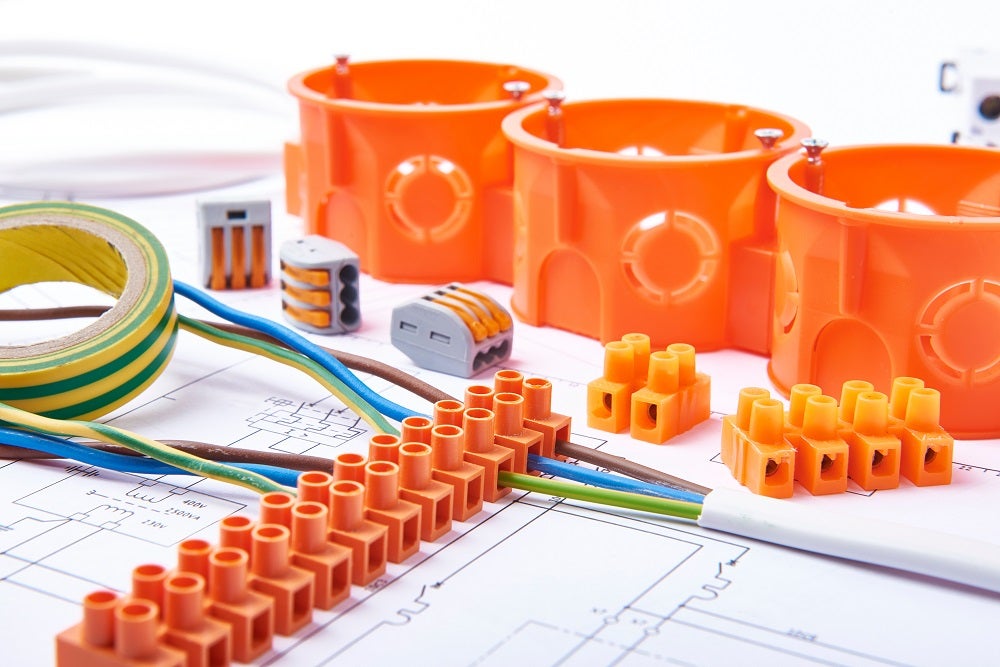
There is no one size fits all solution when it comes to electrical connectors, and there is a lot to consider when choosing a connector system that is ideally suited for the application.
For Micro-miniature and Nano-miniature connector experts Omnetics, the essential first step is working with customers to understand exactly what they need from their connector system, whether they require custom designs or can choose from existing catalogues.
From aviation to industrial, medical, military and space exploration, Omnetics has helped customers from numerous industries to choose a connector system that meets their needs. Verdict Media spoke with Bob Stanton, Director at Omnetics, to find out more.
“When selecting a connector system, the customer’s top priority should be matching the system performance electrically, “Stanton explains. “Will it fit into equipment, and is weight a key factor? How many times will it be connected and disconnected? How rugged must it be and what other environmental factors will it be exposed to?
“A significant criterion in connector selection starts with consumer vs industrial expectations, as well as price. All claim reliability, but as size and shapes become more compact, reliability vs size and weight separates market sectors.”
Stanton suggests that customers build a spreadsheet that lists the many facets of their connector application, which includes the system purpose and where/how it is being used. It should include the electrical signals contained in the connector, as well as performance expectations, mechanical needs, constraints (such as size, weight, how it fastens, polarity, how flexible the cable must be and cable length). It should also include other environmental expectations, such as whether the system needs to be water-tight or resistant to salt spray, radiation, shock, or vibration.
For customers that know what they need, Omnetics’ online catalogues feature photos, size, specifications, and explain how they can be fitted into existing circuits. Many of these connectors are QPL certified for Military Standard applications and can be depended upon for extreme rugged use. With more than 30 years of experience, Omnetics’ team works with customers to guide them through the selection process.
“Our sales staff is trained in the connector features, specifications and materials,” Stanton explains. “Customers can usually call and begin with a discussion of what they need and explain as many details as possible about what the product is going to be doing. Very often the customer is directed to a web page showing existing Micro or Nano-size connectors that are part of our standard line.
“However, the customer can continue discussing key items, including the need for unique shapes, number of pins and even the kind of signals he needs to connect. These discussions would occur with a factory engineer that can plan the best combination of wiring and connector to meet the customer’s needs. If a unique size is required, the customer can talk with Omnetics Solid Model designers and watch as we change sizes and shapes to match the customer’s needs. When the customer thinks he has the best design, Omnetics can make a 3-D printed design to send to the customer for final approval, before building the first device in our prototype laboratory. All these frontend steps are done very routinely and Omnetics is very well staffed to work directly with customer designers.”
With technology continuously evolving and new trends on the horizon, what does this mean for connector systems, and how does Omnetics keep the future in mind during the consultation and design phases?
According to Stanton: “Electrical circuits are rapidly changing with the demand for portability, remote applications, and for fitting into small sizes at low weight. The customer will often need what is becoming the mixed signal or hybrid connector and cable system.
“These new systems are rapid-custom designs that use well established pieces of existing connectors but are assembled to include power signals and electrical data transmission “all in one” connector and cable. We are seeing digital, analogue, power and Coaxial systems being mixed regularly for new designs of today.”


